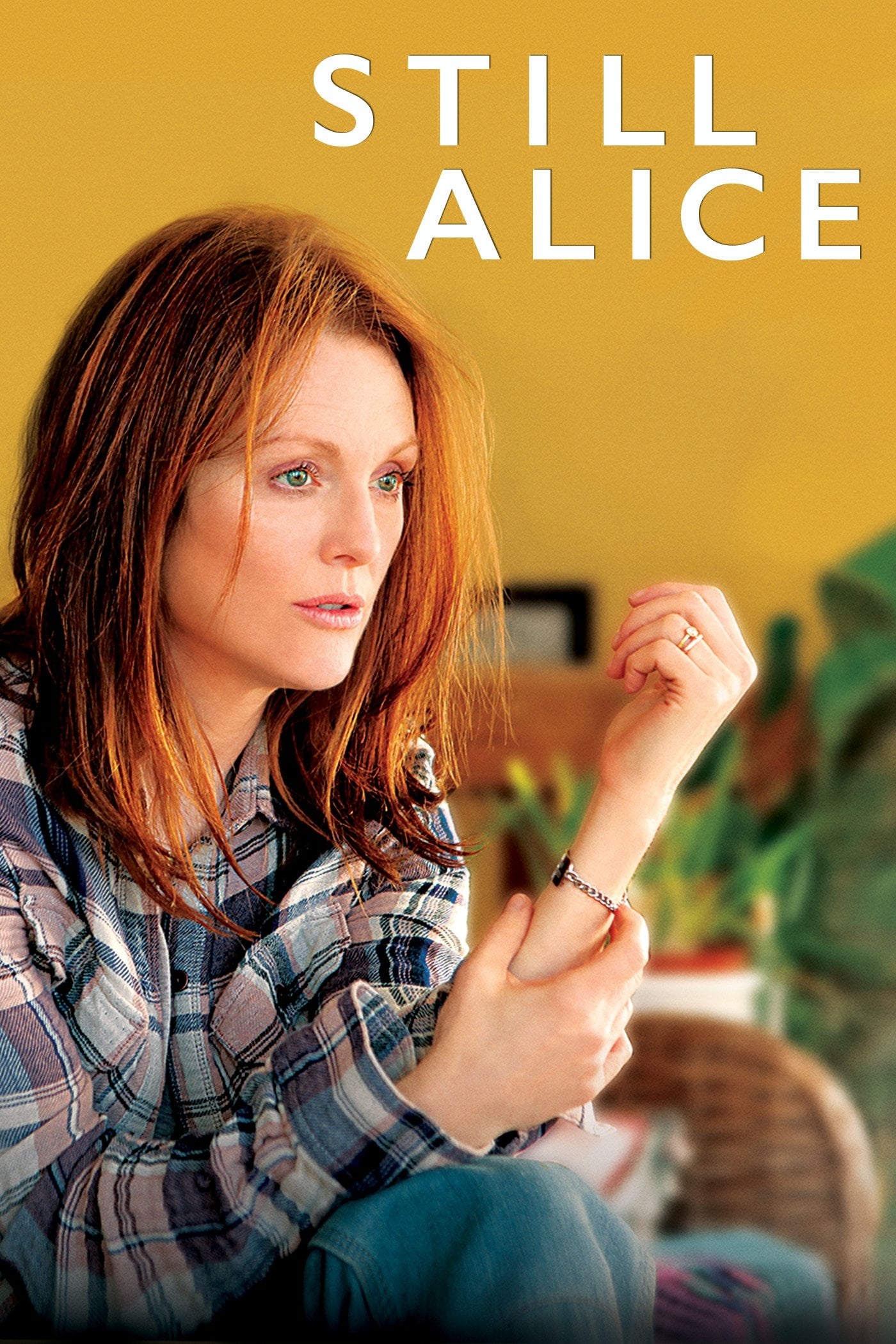Why Music and Art Therapy Are Powerful Tools in Alzheimer’s and Dementia Care
**Why Music and Art Therapy Are Powerful Tools in Alzheimer’s and Dementia Care**
Living with Alzheimer’s or dementia can be a challenging and isolating experience. However, there are ways to make life more enjoyable and meaningful for those affected. Two powerful tools that have been shown to have a significant impact are music and art therapy.
### The Power of Music Therapy
Music has a unique ability to tap into parts of the brain that remain unaffected by dementia. Even when verbal communication becomes difficult, music can evoke memories and emotions from the past. This is because music engages multiple brain regions, including those associated with memory, emotions, and motor skills[2][5].
**How Music Works**
1. **Memory Recall**: Music can stimulate memory recall, especially for songs from a person’s youth. This can bring back cherished moments and feelings, offering moments of clarity and recognition[2][5].
2. **Emotional Regulation**: Familiar songs help regulate emotions, promoting calmness and reducing anxiety. Music influences the autonomic nervous system, reducing physiological signs of stress such as elevated heart rate[5].
3. **Social Interaction**: Music provides an opportunity for social engagement between patients, caregivers, and family members. It fosters empathy and deeper connections, improving the overall caregiving experience[5].
### The Benefits of Art Therapy
Art therapy is another effective way to help individuals with Alzheimer’s or dementia. It provides a non-verbal means of communication, making it accessible even for those with severe cognitive impairment[4].
**How Art Therapy Works**
1. **Expressing Emotions**: Artmaking is a meditative process that helps the mind and body relax, reducing agitation. It gives dementia patients an outlet to express their feelings, which can improve their mood[4].
2. **Cognitive Stimulation**: Activities like drawing or painting familiar objects can stimulate memory recall and build cognitive skills. This can help slow down cognitive decline and improve problem-solving abilities[4].
3. **Social Benefits**: Taking art sessions in a group setting provides a platform for communication, reducing isolation and making individuals feel more connected to others. Doing these projects with family or caregivers can strengthen relationships and improve communication[4].
### Why These Therapies Are Important
Both music and art therapy offer a way to connect with individuals who may struggle with verbal communication. They provide a sense of freedom and self-expression, which is essential for maintaining dignity and well-being.
**Inclusion and Belonging**
Inclusion is not accidental; it is intentional. People living with dementia are part of society, and their voices matter. The creative arts serve as a vital tool in ensuring they are not only included but celebrated. By embracing music, dance, visual arts, storytelling, and poetry, we open the doors to freedom, self-expression, and meaningful connection[1].
### Conclusion
Music and art therapy are powerful tools in Alzheimer’s and dementia care. They enhance memory and cognitive function, reduce anxiety, promote social interaction, and increase physical movement. These therapies provide a compassionate, evidence-based solution for improving the lives of those with dementia. By understanding the mechanisms behind their effects, healthcare professionals can implement more effective, personalized interventions, transforming dementia care and providing comfort, connection, and enhanced well-being for patients and their caregivers alike.





